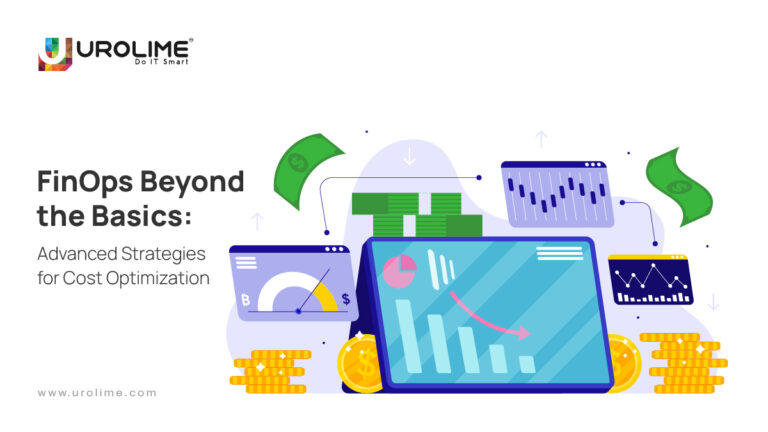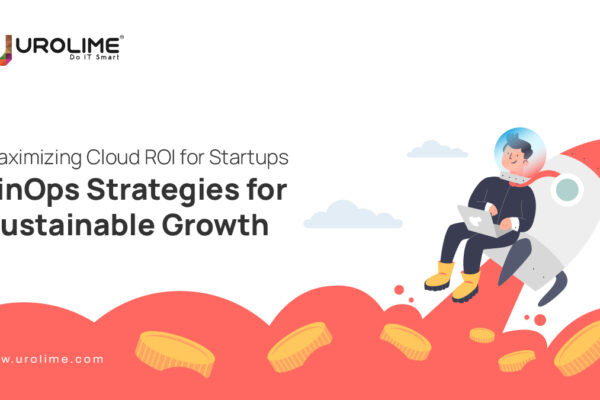FinOps- Financial Operations, is a framework and set of practices aimed at optimizing cloud spending within organizations. At its core, FinOps involves collaboration between finance, operations, and engineering teams to manage cloud costs effectively while delivering value to the business. The key principles of FinOps include:
- Visibility: Gain insight into cloud spending through detailed monitoring and reporting tools, allowing teams to understand where resources are allocated and identify areas for optimization.
- Accountability: Assign ownership of cloud costs to relevant teams or individuals, fostering accountability and encouraging responsible resource usage.
- Optimization: Continuously optimize cloud spending by rightsizing resources, utilizing cost-effective purchasing options (e.g., Reserved Instances), and implementing automation to improve efficiency.
- Control: Establish policies and governance mechanisms to control spending, such as budgeting, tagging, and access controls, ensuring adherence to financial objectives and regulatory requirements.
With cloud computing trends at its peak, optimizing costs is a never-ending challenge for businesses. While FinOps (Financial Operations) principles offer a solid foundation for managing cloud expenditures, there’s an area beyond the basics where advanced strategies come into play. Here we intend to discuss some key tactics and advanced techniques that can take the cost optimization efforts to the next level.
Embrace Granular Cost Allocation:
Granular cost allocation involves breaking down cloud expenditures to the smallest identifiable units, such as projects, departments, or individual users. By implementing tagging strategies and leveraging cloud provider tools or third-party solutions, organizations can allocate costs with precision and granularity. This allows for more informed decision-making, accountability, and the ability to attribute costs accurately to specific initiatives or stakeholders. Granular cost allocation is essential for optimizing resource usage, identifying cost optimization opportunities, and maintaining transparency and accountability within an organization’s cloud environment.
Utilize Reserved Instances and Savings Plans Effectively:
Reserved Instances (RIs) and Savings Plans are cost-saving options offered by cloud providers like AWS. RIs involve committing to a specific instance type in exchange for a discounted hourly rate, ideal for steady-state workloads. Savings Plans provide flexible discounts based on usage commitments, applicable to a broader range of services. To utilize them effectively, analyze historical usage patterns to identify suitable candidates for RI or Savings Plan coverage. Continuously monitor and adjust commitments based on evolving workload demands to optimize cost savings while maintaining flexibility. Leveraging tools for RI and Savings Plan utilization analysis can aid in maximizing cost efficiency. To summarize, these are the highlights:
- Move beyond on-demand pricing by strategically purchasing reserved instances (RIs) or savings plans tailored to your workload’s predictable usage patterns.
- Analyze historical usage data to identify opportunities for RI or savings plan utilization, balancing cost savings with flexibility.
- Optimize RI and savings plan coverage by continuously monitoring and adjusting based on evolving workload demands, leveraging tools for RI utilization analysis and recommendations.
Implement Spot Instances and Low-Priority VMs:
- Explore the use of spot instances and low-priority VMs for non-critical workloads or batch processing tasks.
- Develop fault-tolerant architectures that can gracefully handle interruptions, maximizing cost savings without sacrificing performance or reliability.
- Leverage automation to dynamically provision and scale spot instances or low-priority VMs based on availability and pricing fluctuations, optimizing cost-efficiency in real-time.
Fine-Tune Auto-Scaling and Load Balancing:
- Refine auto-scaling policies to match workload demand more accurately, avoiding over-provisioning during periods of low activity and under-provisioning during peak usage.
- Utilize predictive scaling based on historical usage patterns or machine learning algorithms to anticipate demand spikes and adjust capacity preemptively.
- Integrate load balancing mechanisms to distribute traffic efficiently across instances, optimizing resource utilization and minimizing idle capacity.
Optimize Storage Costs:
- Evaluate data lifecycle management strategies to tier storage based on access frequency and performance requirements, transitioning infrequently accessed data to lower-cost storage tiers.
- Implement compression and deduplication techniques to reduce storage footprint without compromising data integrity or accessibility.
- Leverage object storage solutions with built-in cost optimization features, such as lifecycle policies or intelligent tiering, to automate storage optimization tasks.
Monitor and Analyze Cost Anomalies:
Cost anomalies refer to unexpected deviations or irregularities in cloud spending patterns that may indicate potential inefficiencies or optimization opportunities. These anomalies can arise due to various factors, such as sudden spikes in usage, misconfigurations, or unanticipated changes in resource requirements. Use the following approach to address those anomalies:
- Establish comprehensive monitoring and alerting mechanisms to detect cost anomalies and unexpected expenditure spikes promptly.
- Utilize anomaly detection algorithms or machine learning models to identify patterns indicative of potential cost inefficiencies or optimization opportunities.
- Conduct regular cost optimization reviews, analyzing historical spending trends and identifying areas for further refinement or adjustment.
Conclusion:
Achieving optimal cost efficiency in cloud environments requires a multidimensional approach that extends beyond the fundamental principles of FinOps. By embracing advanced strategies such as granular cost allocation, effective utilization of reserved instances and savings plans, spot instance utilization, fine-tuning auto-scaling and load balancing, optimizing storage costs, and vigilant cost anomaly monitoring, organizations can unlock significant cost savings while maximizing the value of their cloud investments. Exploring these advanced tactics to stay ahead in the ever-evolving landscape of cloud cost optimization.
![]()



